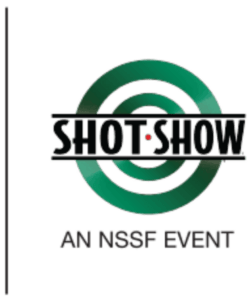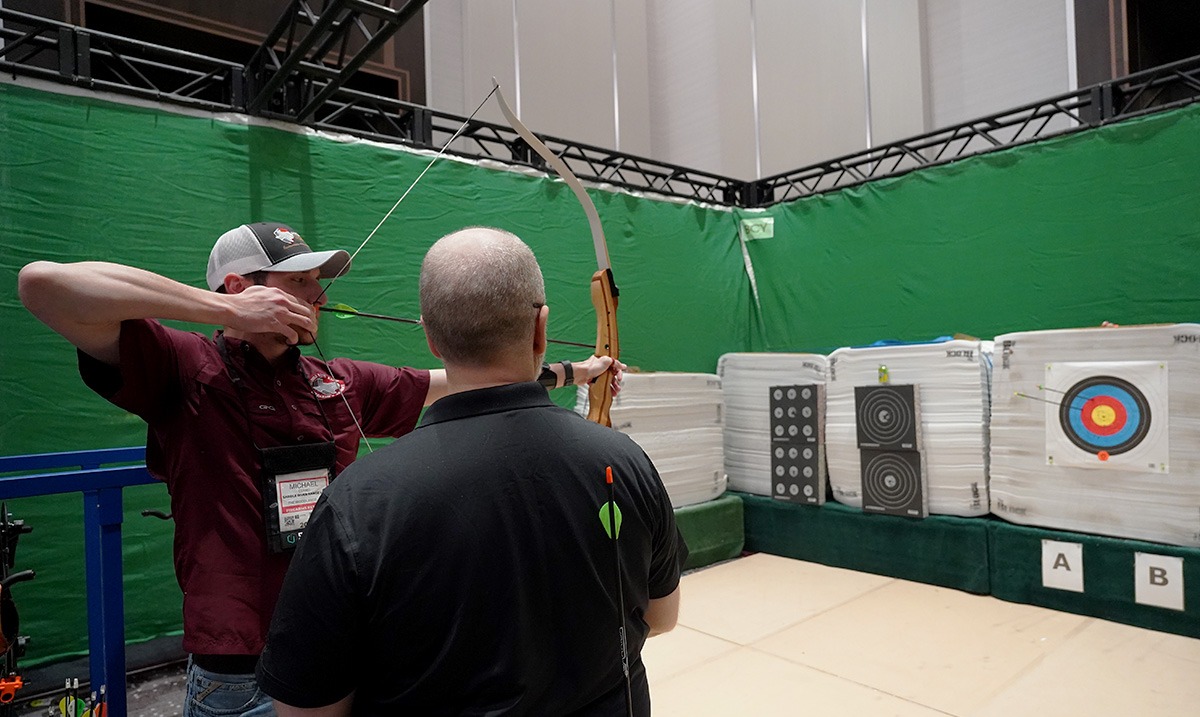 Back to News
Back to News
November 13, 2025
Utah’s Firearm Safety in Schools Law is Smart, Ethical and Proven to Keep Kids Safe
Utah’s new firearm safety education law is exactly the kind of smart, ethical and prudent policy that traditional and lifelong gun owners know keeps kids safe, all while respecting the Second Amendment. With the passage of H.B. 104, the Firearm Safety in Schools Amendments Bill, Utah joins Arkansas and Tennessee as the first states to require public schools to teach age-appropriate gun safety — starting as early as kindergarten — built around the simple message of stop, don’t touch, leave the area and tell an adult.
It’s a worthy approach and more states should pursue it.
Efficiently Effective
Unlike other “solutions” touted by gun-control circles that only limit the rights of law-abiding Americans while mostly ignoring the criminals breaking the law, Utah’s approach is unapologetically practical. The law mandates a brief annual lesson for K-12 students on what to do if they encounter a firearm and how firearms should be stored securely in the home. The curriculum is neutral on gun ownership, adapted from existing hunter education materials and focused on a clear safety script, not politics. Parents retain the right to opt their children out, underscoring that this is pure education, not indoctrination.
The passage of this law is precisely the kind of good-faith safety work even some Democrats in Congress say they want more of. After the 2023 Nashville school shooting, U.S. Rep. Mary Peltola (D-Alaska) used a Congressional committee hearing to defend responsible gun owners and the values passed down through hunting and early firearm education.
“I just appreciate the opportunity to put a plug in for the many, many, many Americans who are responsible gun owners,” Peltola said, before emphasizing that the tragedies we see are not being caused by kids raised in ethical hunting families who learn safety and respect from day one. “You look at some of the tragedies that are occurring, and those aren’t hunters, those aren’t kids that have grown up with hunting and the good values that, I think, hunting and hunting families provide.”
Utah’s new law puts that insight into practice in the classroom.
Results Speak for Themselves
Real-world results already prove that when our country’s youth are brought into a culture of firearm safety and mentorship, injuries go down, not up as gun control advocates claim. In New York, the Department of Environmental Conservation reports that the 2024–25 hunting seasons were the second safest on record, with just 11 hunting-related shooting incidents statewide. That’s a dramatic drop from the 166 incidents reported in 1966, after decades of mandatory hunter education! Even more striking, New York’s Youth Deer Hunting Pilot Program, which allows 12- and 13-year-olds to hunt deer with adult supervision, has logged zero hunting-related shooting incidents, violations or license revocations in its first three years across 52 participating counties and thousands of licensed youth hunters.
Those results aren’t accidental. It’s what happens when safety is taught early, consistently and in a clear structured way. Colorado has followed a similar path in the school setting. In 2022, Governor Jared Polis signed bipartisan legislation allowing public schools to offer a voluntary 10-hour hunter education course to seventh graders, taught by Colorado Parks and Wildlife-certified instructors. The course covers hunter ethics, conservation, firearm safety and basic first aid; hands-on activities and any live-fire components require explicit parental permission. Far from being controversial, this effort was broadly hailed as a way to make schools safer and to give families one more way to integrate proven gun safety training into kids’ lives.
Gun Safety in the Hive to Thrive
In the Beehive State, classroom lessons will be built on the same model. Students in Utah will be taught using videos, teacher-led discussions and simple, memorable instructions about what to do when children encounter a gun anywhere — at home, a friend’s house, in a park or a relative’s home — and what not to do. While critics say this “puts the burden on children,” that’s a gross mischaracterization of the goal with the Firearm Safety in Schools curriculum, which simply adds a second layer of protection in times adults may fall short. And plus — children should be proactively taught what to do in those situations, heaven forbid they are ever in them.
The firearm industry knows better and has been doing this kind of work for decades. NSSF’s Project ChildSafe® is the largest firearm safety education program in the United States — created by and for gun owners. Since 1999, it has distributed more than 41 million firearm safety kits that include gun locks. When combined with the gun cable lock that is included by the manufacturer with every firearm purchased at retail, that number surges to over 100 million. Additionally, NSSF has partnered with over 15,000 law enforcement agencies across the country to promote Project ChildSafe secure storage and responsible ownership messaging and materials. The message is simple: Own It? Respect It. Secure It. — and teach those principles to the next generation.
The NRA’s Eddie Eagle GunSafe Program is an additional option in gun safety, delivering a complementary message to kids themselves. Through an engaging video series, songs and classroom materials aimed at pre-K through fourth grade, Eddie Eagle and his cartoon pals teach children to STOP, Don’t Touch, Run Away and Tell a Grown Up if they ever find a gun. The program has reached more than 32 million children and is widely used by schools, law enforcement and community groups precisely because it is non-political and focuses entirely on accident prevention.
Utah’s law essentially takes that proven model statewide, putting the gun equivalent of “Stop, Drop and Roll” into every school to protect every child. That’s true gun safety.
An Uncomfortable Truth for Gun Control Advocates
When prescribed together, programs like Project ChildSafe, Eddie Eagle and other youth hunter education programs show a clear pattern. When children are exposed to structured firearm safety education and mentored by responsible adults, they develop a deep respect for firearms, understand basic rules of gun safety like never touching an unattended gun and learn that firearms aren’t toys. In New York’s youth pilot, there have been no firearm-related incidents among the 10,000 licensed youth annually in its first three seasons. That is what “evidence-based” common sense gun safety looks like in the real world.
For those of us who revere the Second Amendment and equally important gun safety, it’s always been about doing the challenging, unglamorous work of education, training and prioritizing safety over symbolism.
The truth is, when schools, families and the firearm community pull in the same direction, children are not just safer around guns. They grow up understanding that rights come with responsibility — and that is the surest way to protect both.
You may also be interested in:
Categories: BP Item, Featured, Government Relations, Safety, Top Stories








